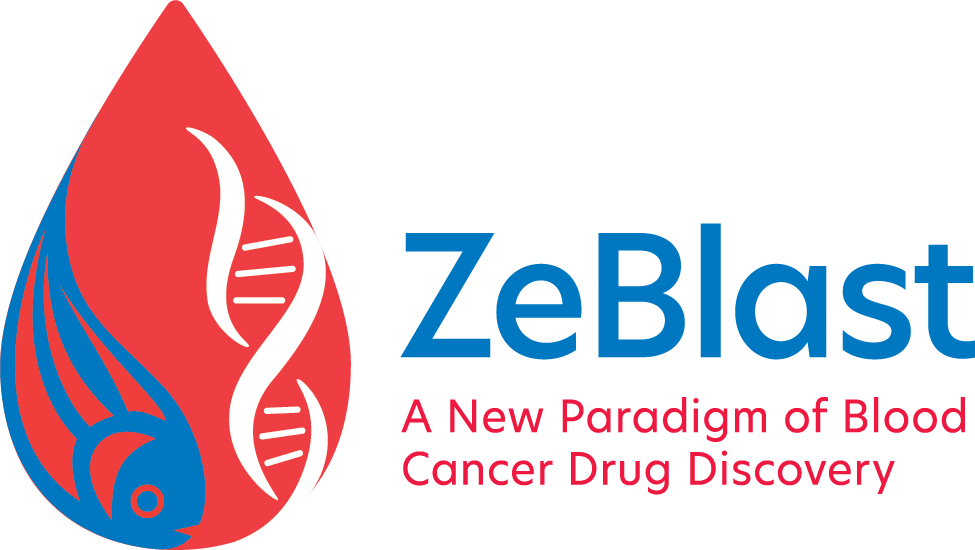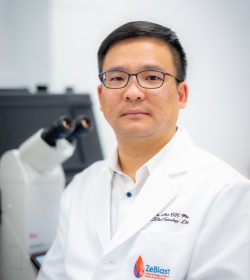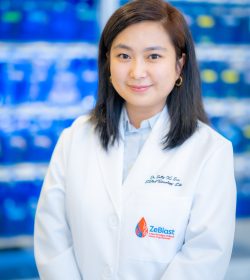ZeBlast is composed of clinical haematologist, pathologist and zebrafish scientists who share a common goal to improve and speed up drug discovery for blood, heart and brain diseases.
Professor Anskar Y H Leung | Finding a solution to blood cancers
At ZeBlast, we are determined to make a positive impact on patients locally and globally who are affected by CHIP and ageing related complications. As a practicing clinician, I have witnessed the devastating effects of these diseases and we understand the pressing need for more effective treatments. As CHIP-related complications are the most common causes of morbidity and mortality in the elderly, it is clear that a new approach is urgently needed. That is why we are dedicated to innovating and developing new therapies that mitigate CHIP related complications and eradicate CHIP.
Dr. Alvin C H Ma | State-of-the-art genome editing
Zebrafish is amendable to genetic manipulation and many edge-cutting in vivo genome engineering techniques are first developed with zebrafish model. Genetic materials (DNA or RNA), proteins and their complexes can be easily delivered into single-cell zebrafish embryo by direct microinjection.
Our team is experienced in zebrafish genome engineering. In particular, we have developed different technical platforms including CRISPR/Cas, TALEN and Transposon to perform in vivo gene knock-out, knock-in and precise gene editing, creating zebrafish genetic model of human diseases.
Dr. Sally X Sun | Beauty of zebrafish
In Zeblast, we use zebrafish to model human diseases, with a particular focus on blood, heart and brain diseases. Like humans, zebrafish are vertebrates, and they share around 80% of their genes to humans.
They also share many similarities in their biology to humans, including the organization of major organs, gene expression patterns, and physiological processes. The development of the blood system is also highly conserved between humans and zebrafish.
These similarities, combined with their transparent embryos, rapid development, and the availability of genetic tools, make them an excellent system for investigating the mechanisms of blood, heart and brain diseases development, testing for potential therapies, and drug discovery.

HEAD OF ADMIN
MS EVA M.S WU

CANCER BIOLOGY
PROF. ERIC C.W. SO
Professor and Chair in Leukaemia Biology, Comprehensive Cancer Centre, School of Cancer & Pharmaceutical Sciences, King’s College, London.

ZEBRAFISH MODELING
PROF. WENQING ZHANG
Associate Dean of School of Medicine, Head of Institution of Cell, Developmental & Integrative Biology Professor of South China University of Technology Guangzhou, China







